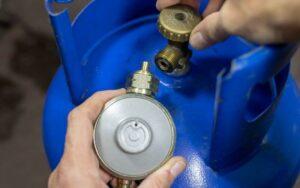
Propane Problems? How to Spot a Bad Regulator & DIY Fixes (When Safe)
BBQ won’t light? Heater acting weird? Spot a bad propane regulator BEFORE it ruins your day. Expert tips, safety advice, and signs to watch for.

BBQ won’t light? Heater acting weird? Spot a bad propane regulator BEFORE it ruins your day. Expert tips, safety advice, and signs to watch for.
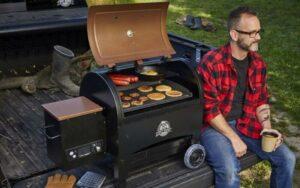
Grill won’t start? Temps running wild? Weird error codes? We’ve all been there. Pit Boss problems can quickly turn a dream barbecue into a nightmare.
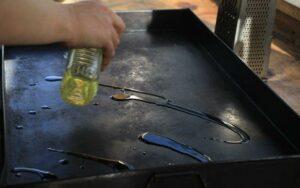
Wave goodbye to rust and hello to flawless flavors with your Blackstone griddle🍳! With careful maintenance and proper techniques, you can remove rust and make
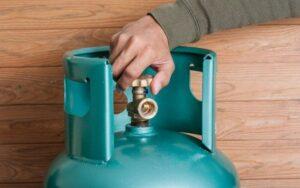
Dealing with a stuck propane tank valve can put a damper on your barbecue plans. Don’t worry—loosening the valve might be simpler than you expect. Often, a gentle twist using the correct method will solve the problem.
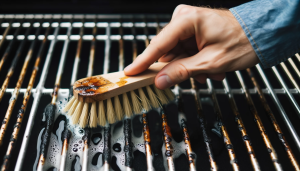
Ready for BBQ season? Enjoy the sizzle and keep your grill clean. A clean grill makes your steak taste better. Here’s a guide on grill
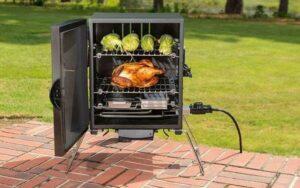
Struggling with your Masterbuilt Electric Smoker’s initial setup? 😕 You’re not alone. This guide offers simple setup steps. 🛠️ Soon, you’ll smoke meats and cheeses
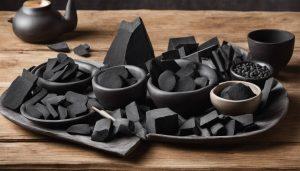
Struggling to choose the right charcoal for your grill? This guide quickly helps you pick between lump and briquette charcoal for your specific cooking needs.
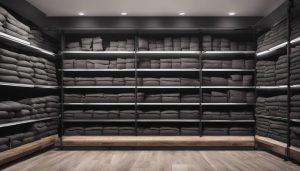
Struggling with how to store charcoal and preserve its quality? Proper storage ensures your charcoal stays effective for your next BBQ. Discover simple yet effective
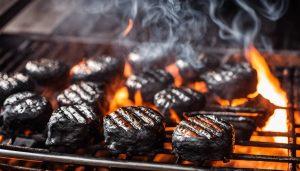
Struggling with controlling the temperature on your charcoal grill? This article cuts to the chase, offering quick tips for precise heat control. Learn to turn

Struggling to keep your charcoal lit for an extended period? You’re not alone. This guide quickly dives into proven methods to solve this common grilling